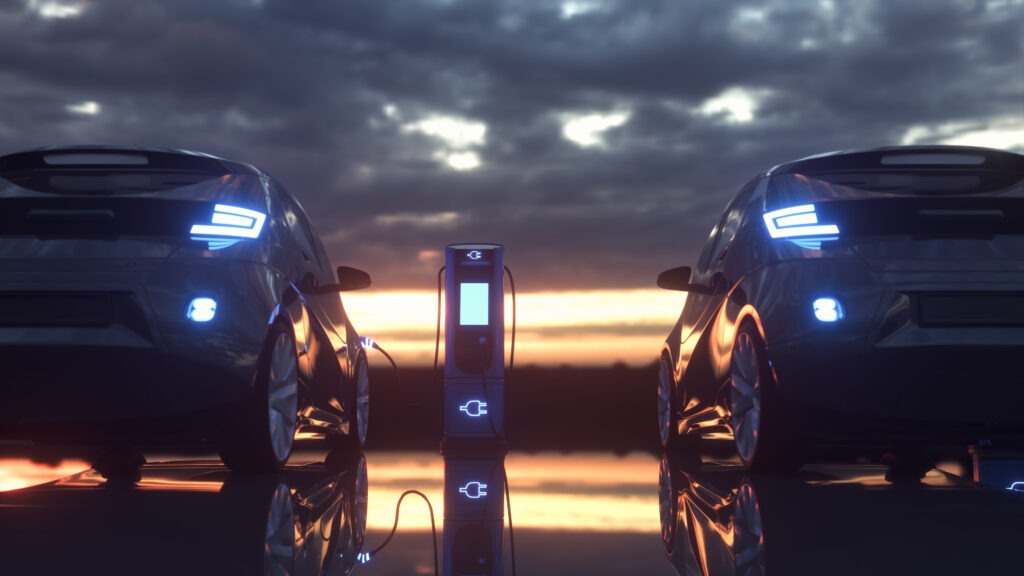How can EV-charging infrastructure power forward?
07 September 2022

Building momentum of electric-vehicle (EV) adoption requires the rapid construction of charging infrastructure. Plugs are a firm favourite at present, but they are far from the only option available. Autovista24 deputy editor Tom Geggus and journalist Rebeka Shaid discuss the advancement of EV-charging infrastructure.
Subscribe to the Autovista24 podcast and listen to previous episodes on Apple, Spotify, Google Podcasts and Amazon Music.
Show notes
Battery swapping or fast charging: which is the better solution?
Power beyond the plug: alternative EV charging
How can charging infrastructure be improved to boost electric-vehicle adoption?
How is policy shaping Europe’s private EV-charging infrastructure?
How to boost private EV charging infrastructure with connected thinking
Wireless EV charging – a gimmick or a revolution?
Synopsis
What is the best way to charge an electric car? Most EV drivers are used to plugging a cable into their vehicle to recharge the battery. But there are alternatives, including wireless EV charging and battery swapping. These technologies are of increasing interest to carmakers and automotive suppliers.
With wireless charging, electricity is transmitted through the air as a magnetic field. Notably, there are two types of wireless EV charging: static and dynamic charging. The former involves a charging pad, on top of which an electric car can park to boost the battery. The latter happens when the car is in motion, so it can charge while driving. This type of remote charging requires copper coils to be installed below the road surface.
A valuable market
Contactless charging promises to increase safety and availability, with autonomous vehicles a promising use case. As the technology can be deployed almost anywhere, large-scale adoption could be around the corner.
Global technology company Siemens expects the market for wireless EV charging in Europe and North America to reach $2 billion (€2 billion) by 2028.
Carmakers including Volvo, Renault, and Mercedes-Benz are just some of the companies interested in exploring the technology. Meanwhile, the Genesis GV60 is among the first all-electric cars to offer wireless charging.
A swapping option
Battery swapping is also gaining traction as an alternative to conventional charging. The idea behind it is simple: switch a depleted battery for a fully-charged one at a swapping station. Chinese EV makers such as Nio and Geely are eager to make this technology more widespread as the whole process takes less than five minutes and can be even more convenient than fast charging.
Battery swapping could also prevent battery degradation, and Nio is working hard to make the service available across Europe, following an initial trial in Norway. It has its advantages when it comes to the grid as researchers deem it among the best solutions for balancing energy demand and supply.
However, huge investments and industry-wide standards are required to make battery swapping a success. At this stage, it is not clear whether the service could catch on in Europe although it is proving popular in China.
A wider choice
Alternatives to plug-in points do not end at wireless charging or battery swapping. Several companies, including Continental Engineering Services and Volkswagen Group, have been experimenting with robots.
From a self-aligning floor-based unit made for the garage, to a mobile assistant cable of transporting a separate power-storage system, robots have a certain sci-fi charm. However, it could be a while before early iterations of this infrastructure become available.
Enter an easy-to-install solution like Ubitricity’s lamppost charger. This retrofit option is already available in select European markets, with deployment showing no signs of slowing. Offering a lower kW output, this technology provides people without off-street parking a chance to charge overnight.
As electric-vehicle adoption continues to pick up momentum, a diversified and expansive approach to charging infrastructure will provide more people with more viable options.